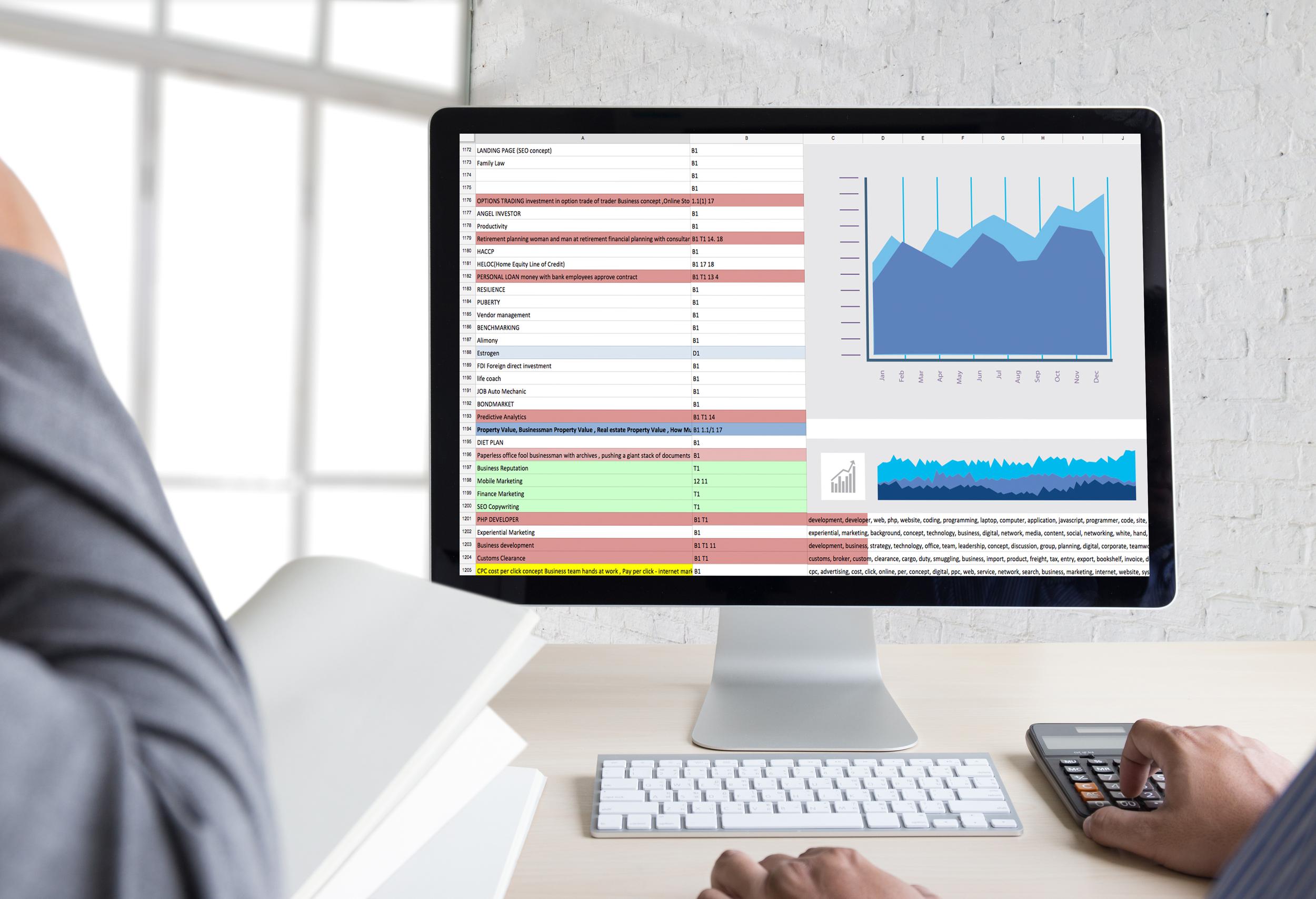When creating your measurement framework, it’s important to include just the right amount of data that you need to make decisions. To help get you started, NewsCred’s analytics team put together an overview of content marketing metrics available in most analytics suites (including the NewsCred Content Marketing Platform), plus how these KPIs align with each stage of the funnel. CONTENT KPIs Top-of-funnel content marketing metrics give insight into readers and engagement. To gain more context into those insights, evaluate articles viewed alongside these metrics: Readers Average Attention Time Engagement Rate Pageviews Pageviews are the total number of pages your audience looked at during a given time period. (Whereas articles viewed only measures content pages.) Engagement Rate Engagement rate is the percentage of pageviews where users engaged with your content for more than 30 seconds. It is important to know the ratio of pageviews to engaged pageviews to understand your content’s quality. Actions/Conversions Action analytics tell you what content generates behavioral conversions on your site. Leads Generated Leads generated are the number of leads that come directly from your content marketing program. Leads generated tell the impact that your content marketing is having on your business: Is your content strategy generating real business opportunity and delivering ROI?
Every marketer is under pressure to prove the ROI of content marketing, beyond pageviews and engagement.
Though this may seem like a daunting task, it’s doable. The first step is to create a measurement framework to track how your content is positively impacting your company at every stage of the buyer journey. It should closely align to your company’s business goals and will be bespoke to your particular program.
When creating your measurement framework, it’s important to include just the right amount of data that you need to make decisions. Too much data can become daunting, unwieldy, and, ultimately, too time-consuming for your teams to dissect. Too little data means that you’ll miss the stories that will impact your business. However, finding this balance raises a lot of difficult questions, like: What should I be measuring? What KPIs should I use? Do I need to look at engagement metrics or traffic volumes? Sessions or users? How do I align my metrics to the buyer funnel?
To help get you started, NewsCred’s analytics team put together an overview of content marketing metrics available in most analytics suites (including the NewsCred Content Marketing Platform), plus how these KPIs align with each stage of the funnel.
CONTENT KPIs
Top-of-funnel content marketing metrics give insight into readers and engagement. These metrics help gauge content effectiveness by indicating whether your content is attracting readers, resonating, and motivating them to further engage.
| KPI | Definition | What Does It Tell You? |
| Articles Viewed |
Articles viewed tell you the total number of articles your audience has looked at in a given time period. |
The total number of articles viewed helps you understand how well your content marketing strategy is working. You can see what articles and topics are driving the most readership, giving you insight into what your audience wants to read. To gain more context into those insights, evaluate articles viewed alongside these metrics:
|
| Pageviews |
Pageviews are the total number of pages your audience looked at during a given time period. This is not the number of times your site was loaded, but the number of pages loaded. For example, if you visit a website and read two articles before leaving, you would register two pageviews. |
Pageviews tell you the amount of aggregate traffic across all users who come to your site. (Whereas articles viewed only measures content pages.) Pageviews help you determine which channels are most effective and which content commands the most traffic. Pageviews indicate whether your SEO strategy is effective or whether paid social campaigns are working. |
| Unique Visitors |
Unique visitors are the total number of individual people who visited your site. If I visit the site, I am one unique visitor. If you visit the site, that makes us two unique visitors. This differs from pageviews, which are the number of pages each of us visited, added together. |
Unique visitors help you determine your reach. In addition, you can see the average amount of articles each user is engaging with, on average. |
| Return Visitors |
Return visitors are the number of people coming to your site, in a given time period, who had previously visited the site. (As opposed to new visitors who are visiting the site for the… |

COMMENTS